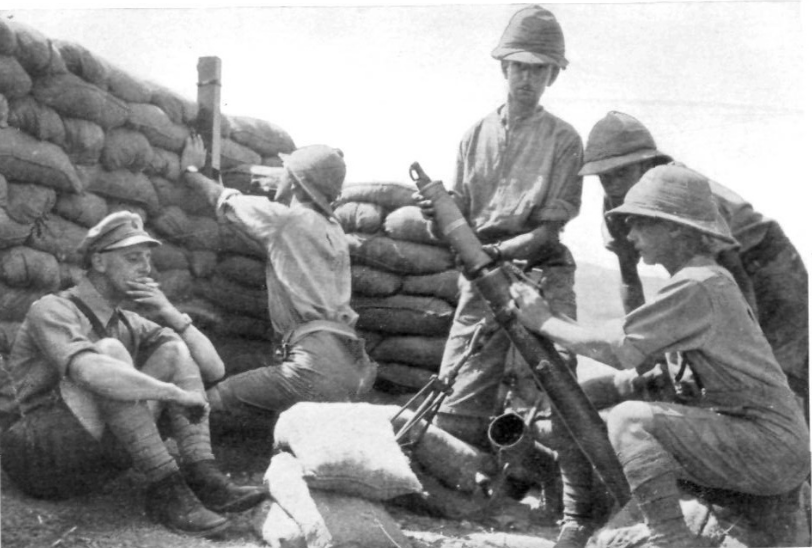WW1 mortar bomb found in a New Forest pond
Whilst walking her dog with a friend, local New Forest resident, Carrie Hills, found a WW1 mortar lying in the mud. She called the Police, who alerted a Royal Navy bomb disposal unit stationed in Portsmouth.
The experts identified the weapon as a British made Stokes Mortar from WW1 and set up a safety cordon.
The Royal Navy experts allegedly told Ms Hills that had she dropped the mortar bomb in a certain way, it could have exploded and killed her. The item was safely disposed of in a controlled explosion.

How dangerous are WW1 mortar bomb finds?
Expended yet unexploded mortar bombs are highly dangerous because they have been through the firing process and therefore a delicate detonating mechanism has likely failed. Any small shock could therefore cause the mechanism to complete its function and explode the main charge.
Mortar bombs are dropped into the launcher pipe base first. The impact on the base detonates the propellant charge, expelling the device from the launcher. It also ignites the delayed action fuse which eventually explodes the main charge once the weapon reaches its intended target area. Therefore, if an unused mortar were to be dropped and its bottom hit the ground in such a way, this could cause the bomb to explode.
A WW1 mortar found today is likely to be over 100 years old. Many decades of exposure to the elements will have degraded the item, leaving it fragile and vulnerable to impact. Furthermore, submerging high explosive in water does not render it harmless.
Unexploded Ordnance Specialists
With three offices across the UK, we offer flexible support to projects nationwide. No matter where your project may be, we can provide you with bespoke solutions to the risk posed by unexploded ordnance. Get in touch with our team today to learn how we can support your project.
Keep up to date with Brimstone UXO by following us on Facebook, Instagram, Twitter, LinkedIn and YouTube.